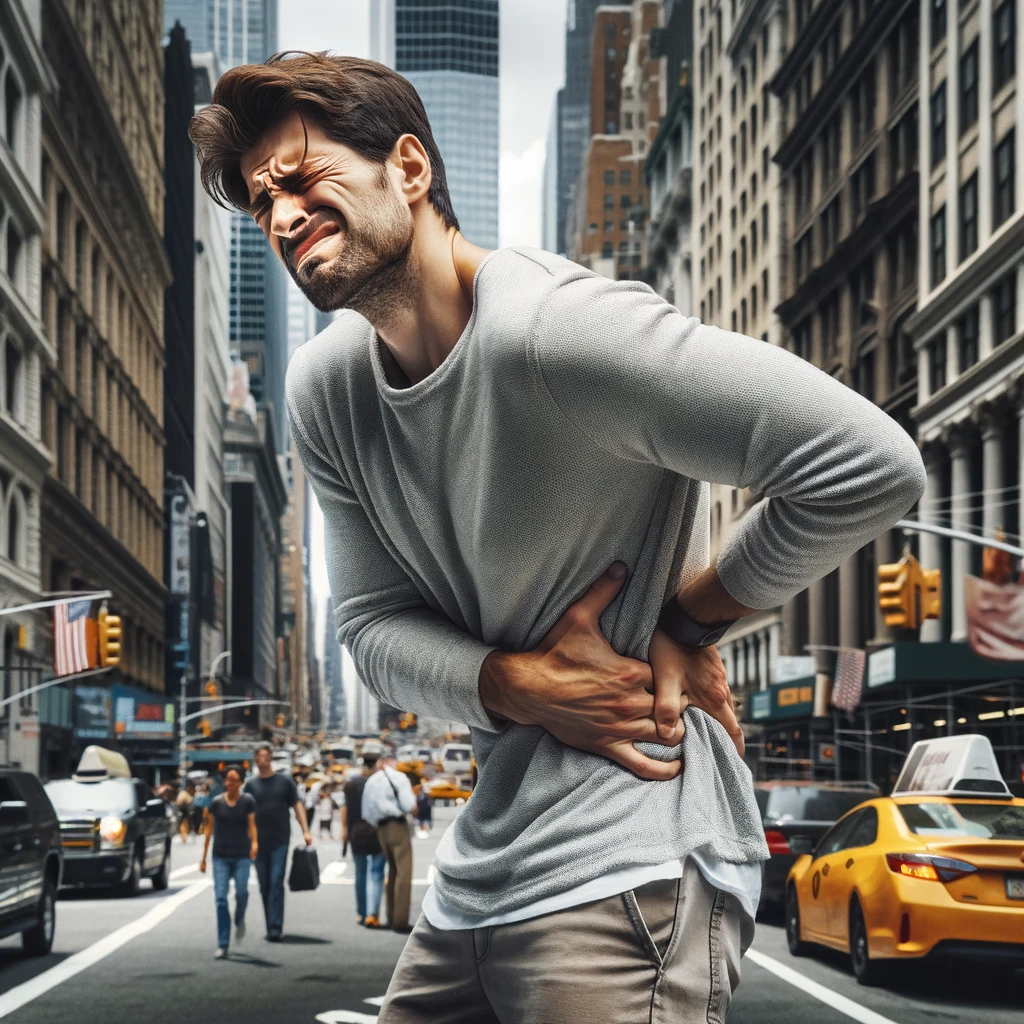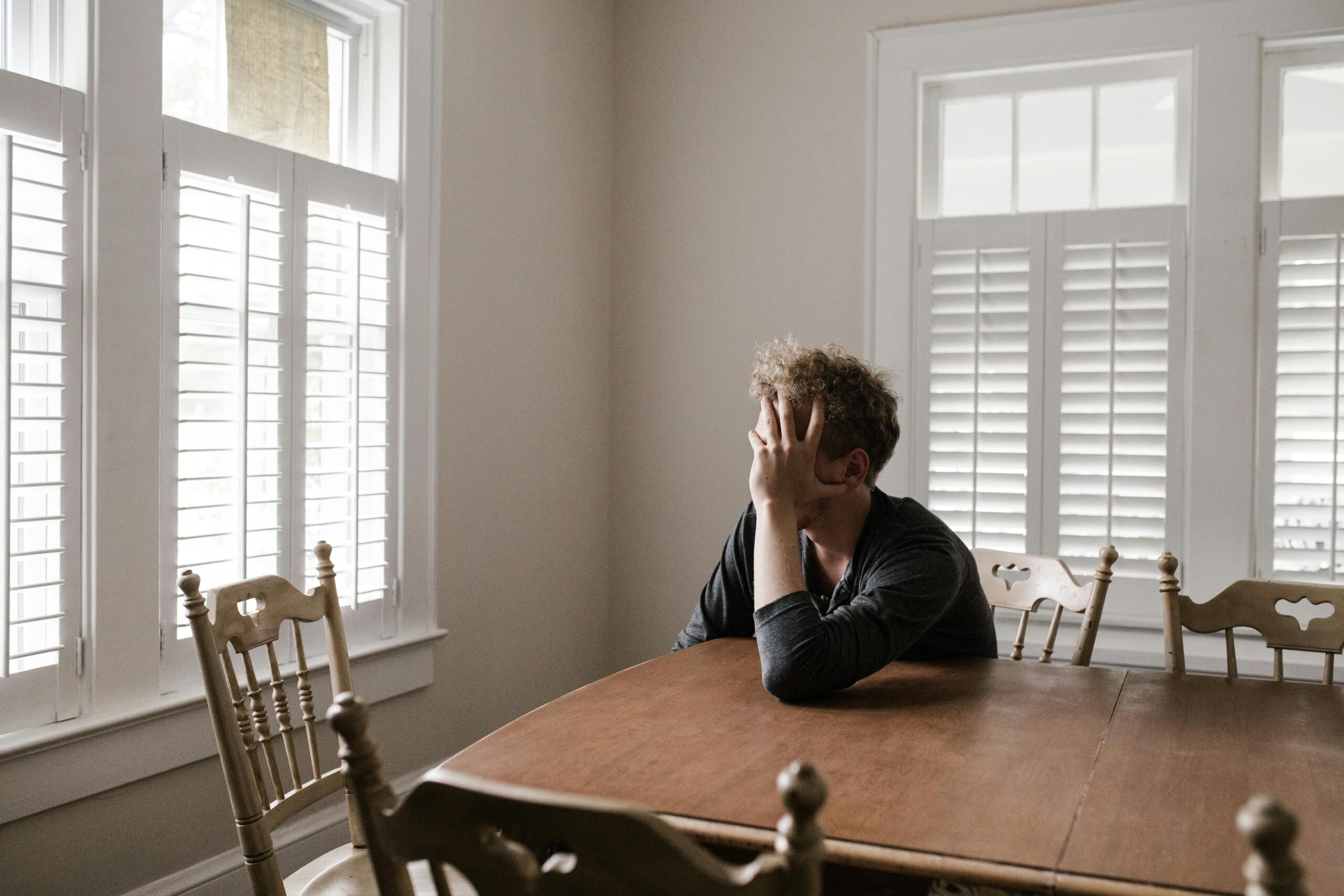
What Are The Top Causes Of Lower Back Pain In Adults?
Have you ever wondered why your lower back sometimes aches and causes discomfort? In this article, we will explore the top causes of lower back pain in adults, shedding light on the various factors that contribute to this common ailment. From poor posture and sedentary lifestyles to muscle strain and underlying medical conditions, understanding these causes can help you better manage and prevent lower back pain, allowing you to live a pain-free and active life. So, let’s take a closer look at what might be causing your lower back pain and how you can tackle it.
Muscle Strain and Sprain
If you’ve ever experienced lower back pain, chances are it may have been due to muscle strain or sprain. These types of injuries are commonly caused by lifting heavy objects incorrectly, sudden movements or twisting the back, poor posture, and a lack of exercise and weak muscles.
Lifting heavy objects incorrectly can put a tremendous amount of strain on your lower back muscles. It’s important to use proper lifting techniques, such as bending at the knees and using the strength of your legs rather than your back. Sudden movements or twisting the back abruptly can also cause muscle strain or sprain. This can happen during activities like lifting weights, practicing improper form during exercise, or even just turning or bending abruptly in daily activities.
Maintaining good posture is essential for a healthy back. Poor posture, such as slouching or sitting hunched over a desk for long periods, can put stress on the muscles and ligaments in the lower back, leading to strain or sprain. Additionally, a lack of exercise and weak muscles can contribute to the development of lower back pain. Regular exercise helps strengthen the muscles that support the spine, making them less prone to injury.
Herniated Discs
Another common cause of lower back pain in adults is a herniated disc. The discs in our spine act as cushions between the vertebrae, providing shock absorption and allowing for flexibility. However, as we age, these discs can naturally degenerate and become more susceptible to injury.
Excessive pressure on the spine can also lead to a herniated disc. This can occur from activities like lifting heavy objects, repetitive bending and twisting motions, or even from excess body weight. When a disc herniates, the soft inner material can protrude or bulge out, putting pressure on nearby nerves and causing pain.
Injury or trauma to the back can also result in a herniated disc. This can happen from accidents, falls, or sports-related injuries that cause a sudden and forceful impact to the spine. It’s important to seek medical attention if you suspect you have a herniated disc, as prompt treatment can help alleviate the pain and prevent further complications.

This image is property of images.pexels.com.
Spinal Stenosis
Spinal stenosis is a condition characterized by the narrowing of the spinal canal, which can put pressure on the nerves that pass through it. This narrowing can be caused by a variety of factors, including arthritis or bone overgrowth, herniated discs, and even tumors.
Arthritis, specifically osteoarthritis, is a common cause of spinal stenosis. As we age, the joints in our spine can degenerate, leading to the growth of bony spurs or overgrown ligaments. These changes can result in the narrowing of the spinal canal and compression of the nerves.
Herniated discs, as mentioned earlier, can also contribute to spinal stenosis. When a disc bulges or herniates, it can take up valuable space within the spinal canal, leading to nerve compression and pain. Additionally, tumors, either benign or malignant, can grow within or around the spinal canal, causing narrowing and subsequent symptoms of spinal stenosis.
Spondylolisthesis
Spondylolisthesis is a condition that involves the slippage of a vertebra, usually in the lower back region. This slippage can occur due to age-related degeneration, trauma or injury, or even a congenital defect.
As we age, the structures that support the spine, such as the ligaments and intervertebral discs, can weaken. This weakening can lead to the forward displacement or slippage of a vertebra, resulting in lower back pain. Trauma or injury to the back, such as a fall or accident, can also cause spondylolisthesis. The forceful impact can disrupt the stability of the spine, leading to vertebra slippage. In some cases, individuals may be born with a congenital defect that predisposes them to spondylolisthesis.
It’s important to note that spondylolisthesis can range in severity, and individuals may experience varying levels of pain and other symptoms. Treatment options for spondylolisthesis depend on the degree of slippage and can range from conservative measures like physical therapy to more invasive interventions like surgery.

This image is property of images.pexels.com.
Osteoporosis and Vertebral Fractures
Osteoporosis is a condition characterized by the loss of bone density, making the bones more fragile and prone to fractures. In the case of the spine, vertebral fractures can occur due to mild trauma or even daily activities.
Postmenopausal women are particularly at risk for developing osteoporosis and subsequent vertebral fractures. The hormonal changes that occur during menopause can accelerate bone loss, leading to weakened bones and an increased risk of fractures.
Long-term use of corticosteroids, such as for the treatment of certain medical conditions, can also contribute to the development of osteoporosis. These medications can interfere with the body’s normal bone remodeling process, leading to decreased bone density and an increased risk of fractures.
It’s important for individuals at risk for osteoporosis to undergo regular screenings and take proactive measures to maintain bone health. This can include getting adequate calcium and vitamin D, engaging in weight-bearing exercises, and, if necessary, taking medication to improve bone density.
Degenerative Disc Disease
Degenerative disc disease is a condition characterized by the natural wear and tear of the intervertebral discs in the spine. As we age, these discs can become dehydrated and lose their height, leading to various symptoms, including lower back pain.
The intervertebral discs in our spine act as shock absorbers and provide flexibility. However, over time, the discs can degenerate and lose their ability to function properly. This can result in decreased disc height and the development of bulging or herniated discs, which can cause irritation to nearby nerves and lead to lower back pain.
While degenerative disc disease is a natural part of the aging process, certain lifestyle factors can accelerate its progression. These include smoking, obesity, and a sedentary lifestyle. Individuals with degenerative disc disease can benefit from conservative measures like physical therapy, pain management strategies, and making lifestyle modifications to promote overall spine health.

This image is property of images.pexels.com.
Scoliosis
Scoliosis is a condition characterized by an abnormal sideways curvature of the spine. While scoliosis can be present at birth as a congenital defect, it can also develop as a result of a developmental condition in adolescence.
During puberty, the spine undergoes rapid growth, and in some cases, this growth can become asymmetrical, resulting in a curvature. The cause of this developmental condition is often unknown, but it can lead to lower back pain, especially if the curvature becomes severe.
Treatment options for scoliosis depend on the severity of the curvature and the individual’s age. In mild cases, observation and regular monitoring may be sufficient. However, more significant curvatures may require bracing or even surgery to correct the alignment of the spine and alleviate symptoms.
Muscle Imbalances
Muscle imbalances, specifically weak abdominal muscles and tight hip flexors, can contribute to lower back pain. These imbalances often arise from excessive sitting and a lack of exercise.
In today’s sedentary lifestyle, many individuals spend long hours sitting at a desk or in front of a computer. This prolonged sitting can weaken the abdominal muscles, which play a crucial role in supporting the spine. Additionally, tight hip flexors, which also result from sitting for extended periods, can further contribute to lower back pain.
To address muscle imbalances, it’s important to incorporate regular exercise into your routine. Strengthening exercises for the abdominal muscles, as well as stretching exercises for the hip flexors, can help restore balance and alleviate lower back pain. It’s also crucial to minimize prolonged sitting and take regular breaks to stretch and move throughout the day.

Arthritis
Arthritis, a condition characterized by inflammation of the joints, can also affect the spine and cause lower back pain. The two most common types of arthritis that affect the spine are osteoarthritis and rheumatoid arthritis. Ankylosing spondylitis, a type of inflammatory arthritis, can also contribute to lower back pain.
Osteoarthritis, often referred to as wear-and-tear arthritis, occurs when the protective cartilage that cushions the joints gradually wears away. This can lead to joint pain, stiffness, and the development of bone spurs. When osteoarthritis affects the joints in the spine, it can result in lower back pain.
Rheumatoid arthritis, on the other hand, is an autoimmune disorder characterized by chronic inflammation of the joints. When rheumatoid arthritis affects the spine, it can lead to joint damage, pain, and stiffness.
Ankylosing spondylitis is a chronic inflammatory condition that primarily affects the sacroiliac joints and the spine. Over time, this condition can cause the spine to fuse together, resulting in a loss of flexibility and chronic lower back pain.
Fibromyalgia
Fibromyalgia is a chronic condition characterized by widespread pain and tenderness in the muscles and soft tissues. While the exact cause of fibromyalgia is unknown, it is believed to involve abnormalities in the central nervous system’s processing of pain signals.
Individuals with fibromyalgia often experience chronic lower back pain as one of the many symptoms of the condition. This pain can be widespread and may be accompanied by fatigue, sleep disturbances, and cognitive issues.
Managing fibromyalgia often involves a multidisciplinary approach, including medication, physical therapy, stress management techniques, and lifestyle modifications. Regular exercise, such as low-impact activities and stretching, can also help alleviate symptoms and improve overall well-being.
In conclusion, there are numerous causes of lower back pain in adults, ranging from muscle strain and sprain to more complex conditions like herniated discs and spinal stenosis. It’s important to remember that each individual may have unique contributing factors to their lower back pain, and it’s crucial to seek professional medical advice for an accurate diagnosis and appropriate treatment plan. By understanding these common causes, individuals can take proactive steps to prevent and manage lower back pain, improving their quality of life and overall spine health.







